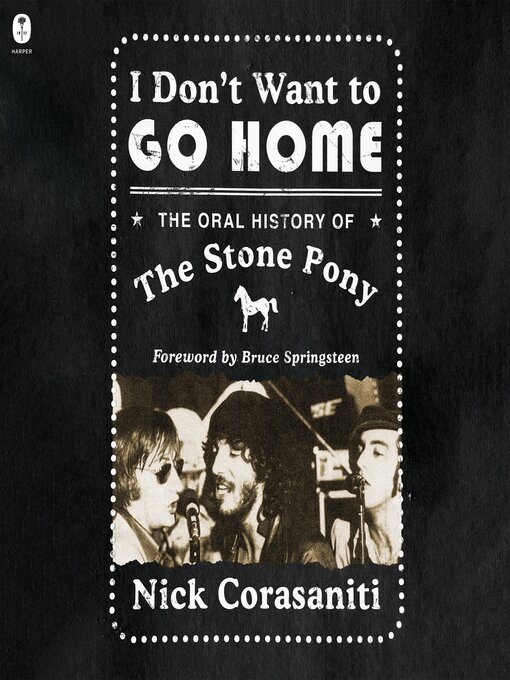A captivating oral history of the iconic music venue the Stone Pony and of the rise, fall, and rebirth of Asbury Park, New Jersey—featuring interviews with Bruce Springsteen, Steve Van Zandt, Southside Johnny, members of the E Street Band and Asbury Jukes, the Ramones, the Jonas Brothers, Jack Antonoff, and other legendary musicians.
In 1970, Asbury Park, New Jersey, was ripped apart by race riots that left the once-proud beach town an hour away from Manhattan smoldering, suffering and left for dead.
Four years later, a few miles down the coast in Seaside Heights, two bouncers, Jack Roig and Butch Pielka, tired of the daily grind, dreamt of owning their own place. Under-prepared and minimally funded, the two bought the first bar they considered, in a city where no one wanted to be, without setting one foot in the place. They named it the Stone Pony, and turned it into a rock club that Bruce Springsteen would soon call home and a dying town would call its beating heart.
But the bar had to fight to survive. Despite its success in launching and attracting rockers like Stevie Van Zandt, "Southside" Johnny Lyon, and Springsteen, the Stone Pony—like everything in Asbury Park for the past half century—could only weather the drags of a depressed city for so long.
How did the Stone Pony beat the odds to survive? How did it become an international rock pilgrimage site, not just for fans of Springsteen, but for punk rockers, jam bands, pop, indie, alternative and many other musicians as well? And how did it continue to inspire and influence a hall-of-fame list of New Jersey and national rock stars? The story of the Stone Pony—thrillingly charted in this detailed oral history—is the chronicle of a proud and unique cultural mecca blooming in a down-but-not-yet-out tough town. As Nick Corasaniti reveals, the stories of Asbury Park and the Stone Pony are that of modern America itself—a place of battered hopes, big dreams, and dogged resilience.
Supplemental enhancement PDF accompanies the audiobook.

